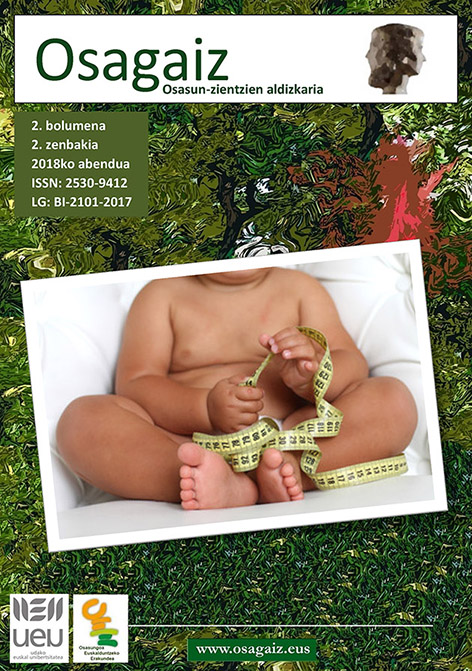Abstract
Urinary incontinence (UI) in women is a common health problem that strongly affects their quality of life. However, almost 50% of those affected do not seek care due to embarrassment or lack of information. The main types of urinary incontinence are urge urinary incontinence and stress incontinence. Incontinence can be treated by a gynecologist or urologist, both of whom are qualified to choose the most adequate treatment for each patient after a correct study. For treatment, we generally begin with conservative techniques, for example: pelvic floor muscle strengthening exercises, reeducation of urinary bladder or modification of daily lifestyle. If this treatment is not effective, there are different options depending on the type of incontinence. In the case of urge urinary incontinence, we apply pharmacologic treatment, with anti-muscarinic or beta agonist drugs. On the other hand, for stress UI, we generally opt for surgery. A variety of different surgical techniques have evolved in recent years, with mid-urethral slings made from polypropylene being the most common option. The efficacy of surgery for stress UI is high; each sling type has different characteristics, so it is very important to be well informed about them in order to be able to give the best advice to the patient. It is fundamental for women to know that UI is not a normal consequence of age and that there are many solutions available for this health problem.

